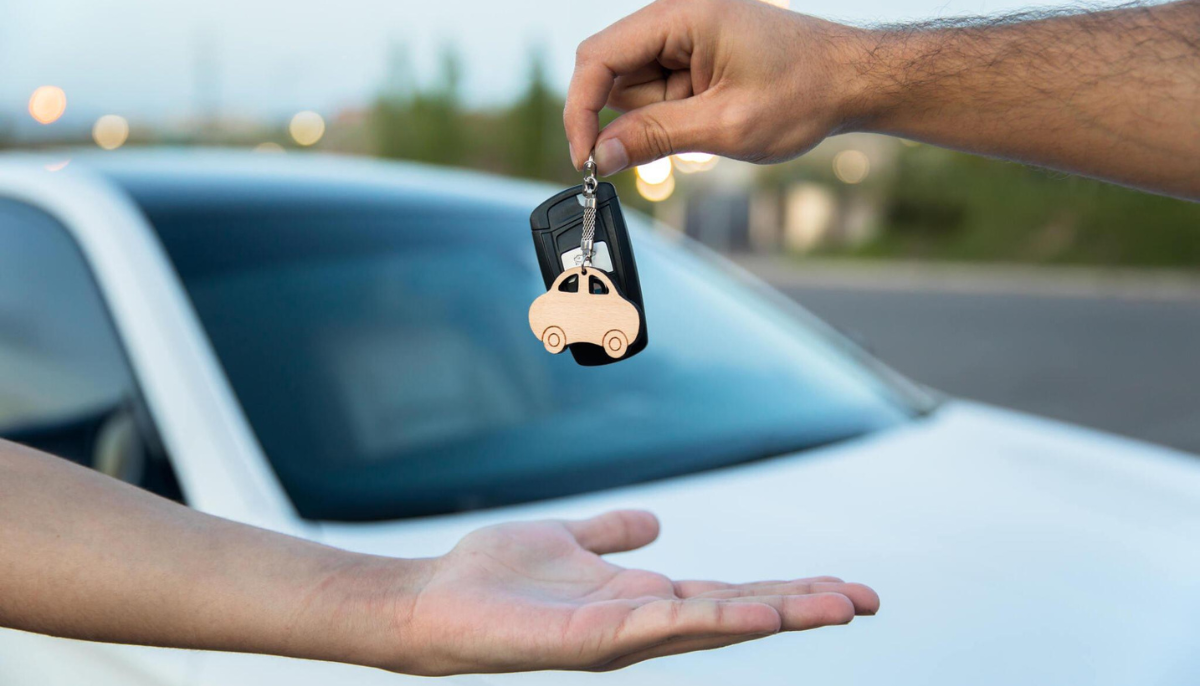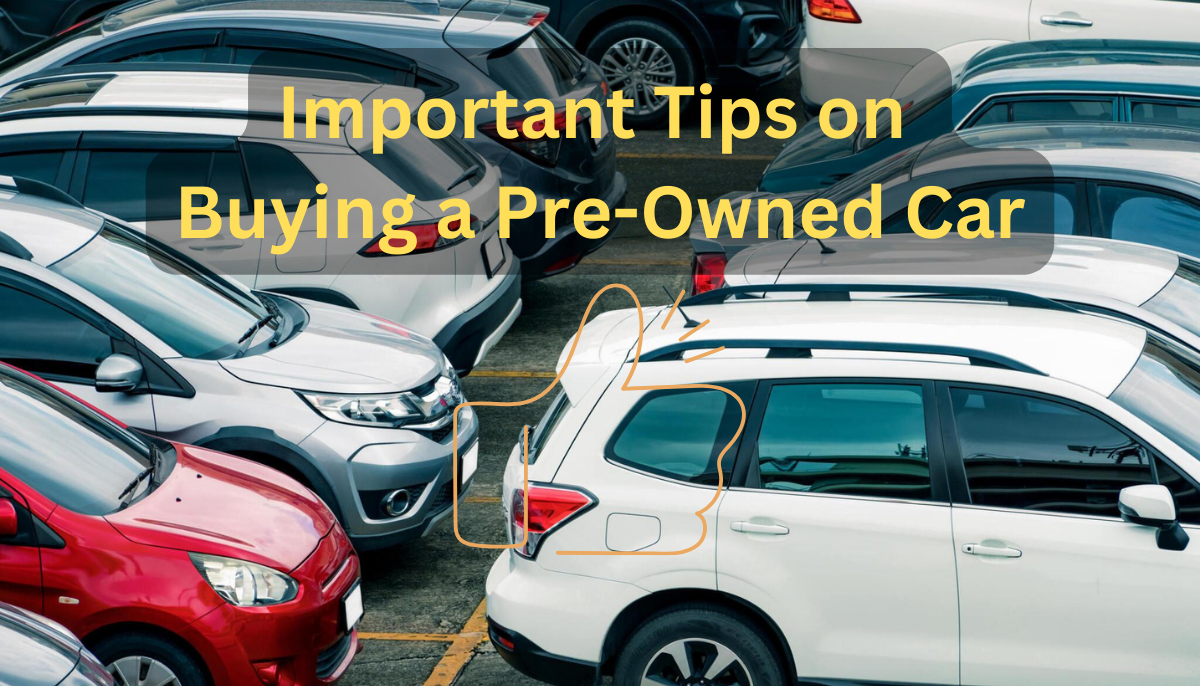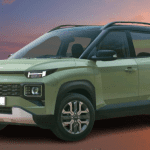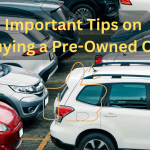A second-hand vehicle can be a viable option, particularly for people who are limited in their financial resources.
But second-hand/used/pre-owned cars have their share of advantages and disadvantages, and you must be aware of them to make an informed decision.
Here’s the complete guide to purchasing a second-hand vehicle in India to aid you in your search.
Do you think a Used Car (Second-Hand Car) is worth it? Let’s see!
A second-hand vehicle is worthy of consideration due to the value for money it provides. But, prior to buying you must ensure that the car is in good working order well-maintained, and free of any major problems. If all of these requirements can be met purchasing an older car could be worthwhile as it is significantly cheaper than a brand-new car.
However, being careful is important when buying a used vehicle. Prior to making a purchase, you must be sure of the condition of the car as well as the legitimacy of the paperwork. Overall, a used car is a good idea, given it is a vehicle is an asset that depreciates.
Benefits and drawbacks of purchasing a second-hand vehicle
A second-hand vehicle can save you money, but it comes with its pros and cons.
In this article, we will look at the advantages of purchasing used cars as well as the disadvantages of buying a used car.
Also Read Alternate Fuel, what the Chairman of Maruti has to say!
Advantages of cars that are used (Second Hand Cars)
Here are the benefits of purchasing a pre-owned vehicle.
1. Lower cost price tag
One of the major benefits of cars that are used is the cost. That is to say that a secondhand car won’t drain your bank account. With a price that is lower as compared to new cars (it might be less than 50 or more) You can choose a higher quality model or a larger car without spending a significant amount of cash. It is affordable, which is among the major advantages of a used car which is why they’re an excellent choice.
2. A slower rate of Depreciation
One of the major negatives of purchasing a brand-new vehicle is the rate of depreciation. A similar fact is in favor of buying a used vehicle. True, a used vehicle is less valuable than a brand-new car.
In the case of a new car’s value drops when it leaves the showroom. The majority of the time, it loses its value within the initial three years. While a second-hand car declines at a lower rate and can be sold for an increase in resale value should you decide to sell your vehicle providing it’s in good shape.
3. Lower car Insurance Premium
As we’ve mentioned before a second-hand car is significantly less than a brand-new vehicle, and the insurance cost is calculated according to the age of the car and its market value. Therefore, a used car (Second Hand Car) can get a lower insurance cost.
4. Lower loan Amount
If you are planning to purchase a pre-owned car with a credit, the amount of the loan or borrowing amount will be less because of the car’s lower cost. Therefore the EMIs (Equated Monthly Instalments) will be lower in comparison to the EMIs you pay for new cars. This means that you can purchase an older car with no problems with finances since you can easily get a car loan at low-interest rates.
The Disadvantages of Buying a Pre-owned Vehicle (Second Hand Car)
Here are the cons of purchasing a used car (Second Hand Car)
1. It’s not as reliable as a Brand-New Car
One of the major disadvantages of buying a used vehicle is its reliability. In general, second-hand vehicles are less reliable than new cars. The more old the car is, the more money you’ll pay for maintenance, repairs and replacement of parts. It is the reason you must carefully examine the condition of the car prior to making a purchase decision.
2. No Warranty Coverage
If you purchase a second-hand vehicle from an individual, you might not be eligible for warranty coverage unless the prior owner purchased an extended warranty plan. Typically, you cannot be able to benefit from an extended warranty offered by the manufacturer when buying a used car that is purchased from an individual.
3. Options are Limited
There are a few options available when you’re looking for a used vehicle. If you buy new there are a lot of choices. If, for instance, you’re searching for a specific version of a certain model, it is unlikely to discover it on the used car (Second Hand Car) market. In some cases, you might need to accept what’s on the second-hand car market instead of buying the car you want.
4. Technology and Functions that were not as Advanced
Automobile manufacturers continue to update the features and technology of their cars. Therefore, purchasing a second-hand vehicle means that you be missing out on the most current technologies and features. For example, a brand-new car could have the latest and most sophisticated safety features while a used car might not.
How do I purchase used vehicles (Second Hand Cars) in India?
The following paragraphs explain the procedure of purchasing a used automobile in India.
1. Finish the Budget
Prior to beginning your used car buying journey, the very first thing to complete is to determine the amount you’re willing to invest. That is, you must finalize the amount you can afford to spend prior to examining the vehicles. This will make it simpler to narrow down the possible options.
If you buy the car via a loan, make sure to make sure you have an approved loan. If not, make contact with banks and financial institutions to verify your eligibility and process documentation for obtaining a loan. This can accelerate the process once you’ve made your purchase decision.
2. Choose the Vehicle
If you are aware of the amount of amount of money you’ll pay for a used car then it is time to narrow in on a specific body kind and make. Based on your budget, you’ll need to decide whether you’d prefer the hatchback or sedan, an SUV (Sports Utility Vehicle) or MUV (Multi Utility Vehicle).
Be sure to consider your needs when selecting a vehicle. In other words, it would make sense to purchase an SUV if you’re seeking a vehicle for 6 members of a family. So, choose your car based on your budget and the needs.
3. Look into Purchasing Alternatives
After you’ve narrowed down on a vehicle you must now focus on deciding the most suitable purchase option. It is possible to purchase used cars from a private seller local used car dealer or online portal for used vehicle dealers, online classifieds, or through the manufacturer’s second used car dealerships. You have the option of choosing which is the best fit for your needs. We will go over this further in the next sections within this piece.
4. Take a Test Drive of the Car
If you’ve identified the vehicle that you like The next stage is to take a test drive. You should take the car for a long trip to examine every aspect of the vehicle. It’s not just about the engine. Check the suspension, brakes, steering, gearbox interior and exterior. Select the car only if you’re secure and at ease about the condition of the vehicle.
It’s best to take your vehicle to a reputable mechanic to have a comprehensive inspection to ensure you are sure you’re on the safe side. This will reveal any problems you might have missed when driving the car.
5. Make sure you read the Documents
If you are satisfied with your car, it is time to go forward to check the documentation. Examine the vehicle’s Registration Certificate (RC) car insurance certificate PUC (Pollution Under Control) certificate road tax receipt, and the NOC (No Objection Certificate) issued by the financial institution/bank in the event that the car was bought via loans.
6. Pay the Bill in Full
If everything appears to be acceptable following verification of your document You can then make the payment for your pre-owned vehicle.
7. Transfer of Ownership
The final part of the buying process will be the transfer. Because you are purchasing a used vehicle, it’s essential for you to change ownership. Get all the required documents from the dealer or seller of the vehicle and then apply for the transfer of ownership through the RTO. After the process is completed then you’re “officially” the owner of the vehicle. Congratulations!

Where can you buy second-hand automobiles in India?
You are aware of how to purchase a used vehicle, but where can you look for these vehicles? This article provides an in-depth analysis of used car purchasing options in India.
1. From the Original Owner
You can purchase a second-hand vehicle from the owner directly. It is however difficult as you must have the patience and time to look over the vehicle with the assistance of an expert mechanic. One benefit of this approach is that you can negotiate for the most affordable price. However, you will not be covered under warranty in the event that you purchase it from the seller.
2. Local Dealerships for Pre-Owned Cars
A used car (Second Hand Car) purchased from a dealer is convenient since you don’t have to look for a used car. There are a lot of possibilities to choose from. However, it is important to consult with a mechanic to ensure the car is not afflicted by problems. There is also a possibility of obtaining a the warranty in a limited way when you purchase a second-hand car from a dealer.
3. Used-car Department of the Manufacturer
Many car makers have divisions for pre-owned vehicles. It is more secure to purchase a second-hand vehicle at an OEM (Original Equipment Manufacturer) dealership because it is covered by guarantee coverage. The only drawback is that used vehicles may be slightly expensive when compared with the standard market prices.
4. Online Used-Car Dealers
The purchase of a used car on the internet can help you save time and cash. Additionally, they are trustworthy and trustworthy. They are also transparent. They also conduct a thorough check, so you will receive a car in good working order. They also offer a guarantee and some dealers provide an option to buy back. The online retailers can also assist with financing for cars, offering an all-inclusive solution for the purchase of a used car.
5. Online Classifieds
You can also purchase a used vehicle by browsing through the classifieds online. There are numerous online classified platforms where you can search for second-hand cars. Another benefit of buying is that you are able to directly reach the owner. The information available on these platforms can’t be completely trustworthy, as it might be an ad that is fake. Additionally, you should examine the vehicle yourself when you decide to go with this option of buying.
Things to Consider before Purchasing Second-Hand Cars
We’ve previously discussed the process of buying a second-hand car and the buying methods. In this article let’s take a look at what to look for when buying a second-hand car.
Check out the information below to find out more about second-hand vehicle buying tips.
1. Used-car Test Drive
It is recommended to check these items when you test drive the vehicle you are using.
Go for a ride (at least 5km) to determine the condition of the car overall.
Check that the vehicle is running effortlessly without making any odd sounds.
Verify that the gears are shifting without snaps.
There shouldn’t be any tremors in the steering wheel, the steering must be fluid.
Make sure that the brakes are working correctly. If you push your brake lever, your car should stop without making any noises or sway.
Examine for any sound coming caused by the chassis or suspension.
Verify the alignment of the wheel by driving the vehicle in straight lines. Get your hands off the steering wheel and the car should travel in straight lines. It means that the alignment of your wheels is in order.
Also, park your car in a safe, well-lit location and look for leaks in the oil. Also, make sure to check the level of fluid.
2. Car Inspection Prior to Purchase
If you are happy that the car is safe to drive Next step is to check the car thoroughly. See the following points to do the same.
Examine the exterior of your car for any dents, scratches, or rusting. Also, look for paint chip-off cracks on the windscreen, or any other apparent damage.
Examine the state of your tyres, and make sure they are treaded properly.
Lift the bonnet, and inspect the battery’s condition as well as the exterior overall inside the engine compartment.
Close and open the doors, bonnet, and boot to ensure that they are functioning in a proper manner. Also, open and close the windows to identify any problems.
Get inside the car and look at the odometer reading. It should be in line with the information provided by the owner.
Check the interior for issues, and be sure the vehicle’s features (AC and music systems, seat belts etc.) perform flawlessly.
Also, look over the electrical components like the lights (headlights and tail lights) as well as indicators lights, lights for the interior, and so on.) and wipers.
3. Document Verification
Make sure you have the following documents in hand prior to purchasing a used vehicle.
Registry certificate. The information on the RC should be in line with the details on the vehicle and the owner’s details.
Certificate of insurance for the car Find out whether the car is covered by an insurance policy in force. Also, be aware of any damage claims from accidents.
PUC certificate The vehicle should be registered with an active PUC certificate since it is needed for the transfer of ownership.
Road tax receipt Verify the receipt for road tax payments to make sure there are no pending taxes owed against the vehicle.
NOC: Review the NOC issued by the bank in the event that the car was bought on credit. It indicates the approval of the loan.
The factors that affect second-hand car prices:
These are the main factors that affect the second-hand price of a car.
- Model/make of the vehicle
- The Date of Manufacturing (age of the car)
- Odometer Reading (Distance driven)
- The mechanical and physical condition of the vehicle
- Ownership status (1st owner, 2nd or 3rd owner)
What to avoid when buying a used vehicle (Second-Hand Car)
Here are the mistakes you should be aware of when purchasing a used vehicle.
- Never purchase a car used without testing the car.
- Make sure to get the vehicle you are using evaluated by an expert mechanic.
- Do not purchase a used car based solely on its exterior appearance.
- Don’t make the purchase of a car without first checking the service history of the vehicle.










